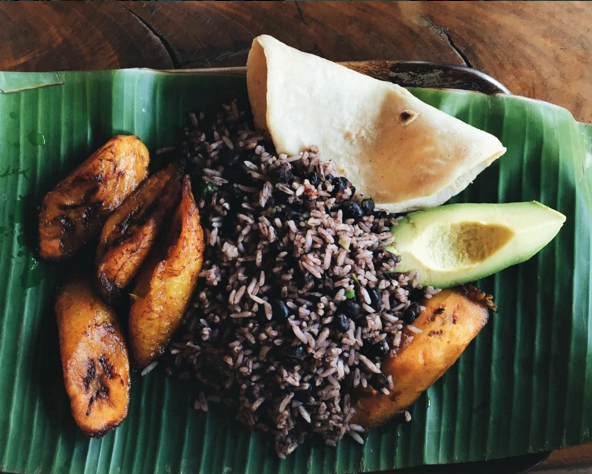Introduction: Exploring Costa Rican Cuisine
Costa Rican cuisine is a reflection of the country’s diverse culture and geography. The local cuisine is a blend of Spanish, Indigenous, and African influences that have been honed over centuries. The country’s tropical climate is ideal for growing a variety of fruits and vegetables. Costa Rican cuisine is characterized by its simplicity, freshness, and the use of local ingredients. One of the essential ingredients in Costa Rican cuisine is plantains.
Plantains: A Staple in Costa Rican Cooking
Plantains are a type of starchy fruit similar to bananas, but larger and less sweet. In Costa Rica, plantains are a staple in every kitchen. They can be found in almost every meal, from breakfast to dinner. Plantains are versatile and can be cooked in many ways, making them an essential ingredient in Costa Rican cooking. They are used in dishes such as soups, stews, and even desserts. Plantains are a rich source of carbohydrates and vitamins, making them a nutritious addition to any meal.
Plantain Varieties and Their Uses
There are two types of plantains commonly used in Costa Rican cuisine: green and ripe plantains. Green plantains are starchy and less sweet than ripe plantains. They are commonly used in savory dishes such as tostones, which are fried plantain slices. Ripe plantains, on the other hand, are sweeter and softer than green plantains. They are used in sweet dishes such as maduros, which are caramelized plantains. Ripe plantains are also used in savory dishes, such as black beans with ripe plantains.
Preparing Plantains for Cooking
Preparing plantains for cooking is simple. For green plantains, it is best to remove the skin before cooking. To do this, make a shallow slit lengthwise along the plantain and peel off the skin. For ripe plantains, the skin can be removed easily by cutting off both ends and slicing through the skin lengthwise. Plantains can be sliced, diced, or mashed before cooking, depending on the recipe.
Traditional Plantain Dishes in Costa Rica
There are many traditional plantain dishes in Costa Rica that are still popular today. One of the most famous is Gallo Pinto, which is a breakfast dish made with rice, black beans, and diced plantains. Another popular dish is Casado, which is a lunch or dinner dish consisting of white rice, black beans, plantains, salad, and a choice of meat or fish. Tostones, fried plantain slices, are commonly served as a side dish or snack.
Modern Innovations with Plantains
In recent years, there have been many modern innovations with plantains in Costa Rican cuisine. One such innovation is plantain chips, which are thinly sliced and fried plantains that are a popular snack. Another innovation is plantain ceviche, which is made with diced ripe plantains, lime juice, onions, and cilantro. Plantain pancakes and waffles are also popular breakfast dishes in many cafes and restaurants.
Nutritional Benefits of Plantains
Plantains are a rich source of carbohydrates, fiber, and vitamins. They are also low in fat and cholesterol-free. The high fiber content in plantains helps keep the digestive system healthy. Plantains are also rich in potassium, which is essential for maintaining healthy blood pressure.
Conclusion: Embracing the Versatility of Plantains
Plantains are a staple in Costa Rican cuisine and are essential in many traditional dishes. They are also versatile and can be used in many different ways, from sweet to savory dishes. Plantains are also a rich source of nutrition, making them a healthy addition to any meal. Whether you are a local or a tourist, embracing the versatility of plantains in Costa Rican cuisine is an excellent way to experience the country’s rich culinary heritage.

